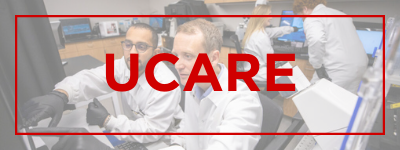UCARE: Undergraduate Creative Activities and Research Experiences

UCARE: Research Products
Date of this Version
Spring 4-13-2020
Document Type
Poster
Citation
UCARE Poster, University of Nebraska-Lincoln Research Symposium, Spring 2020.
Abstract
The objective of this study was to examine structure and body conformation traits of 494 gilts/sows as a prediction of reproductive longevity in sows. This study focused on specific traits including body length, body depth, front and rear pastern angles, knee angle, and hock angle. The primary method of data collection was based on videos. Still images were pulled from the videos when the sow was standing in a natural stance. The images were analyzed and interpreted objectively with Image J which gives the availability to measure distance and angles given known references in the images. The structural data was analyzed for association with reproductive efficiency including feed intake, wean to estrus interval, weight loss, number born alive, and number of parities achieved. The angle measurements on young sows are not as consistent as older, calmer sows. Front pastern angle was significantly associated with P1 Success at 112 days of age. This trait is critical to early survival before any animals are culled. Angles showed significance or trended toward significance predominately at the early first gestation timepoint. Height at flank at all timepoints is significantly associated with LTNP. Smaller animals have a greater success reaching parity 4 and significant advantages in lifetime reproduction traits compared to the larger animals. As producers are making selections on their replacement gilts, they should avoid selecting the largest females.


Comments
Copyright 2020 by the authors